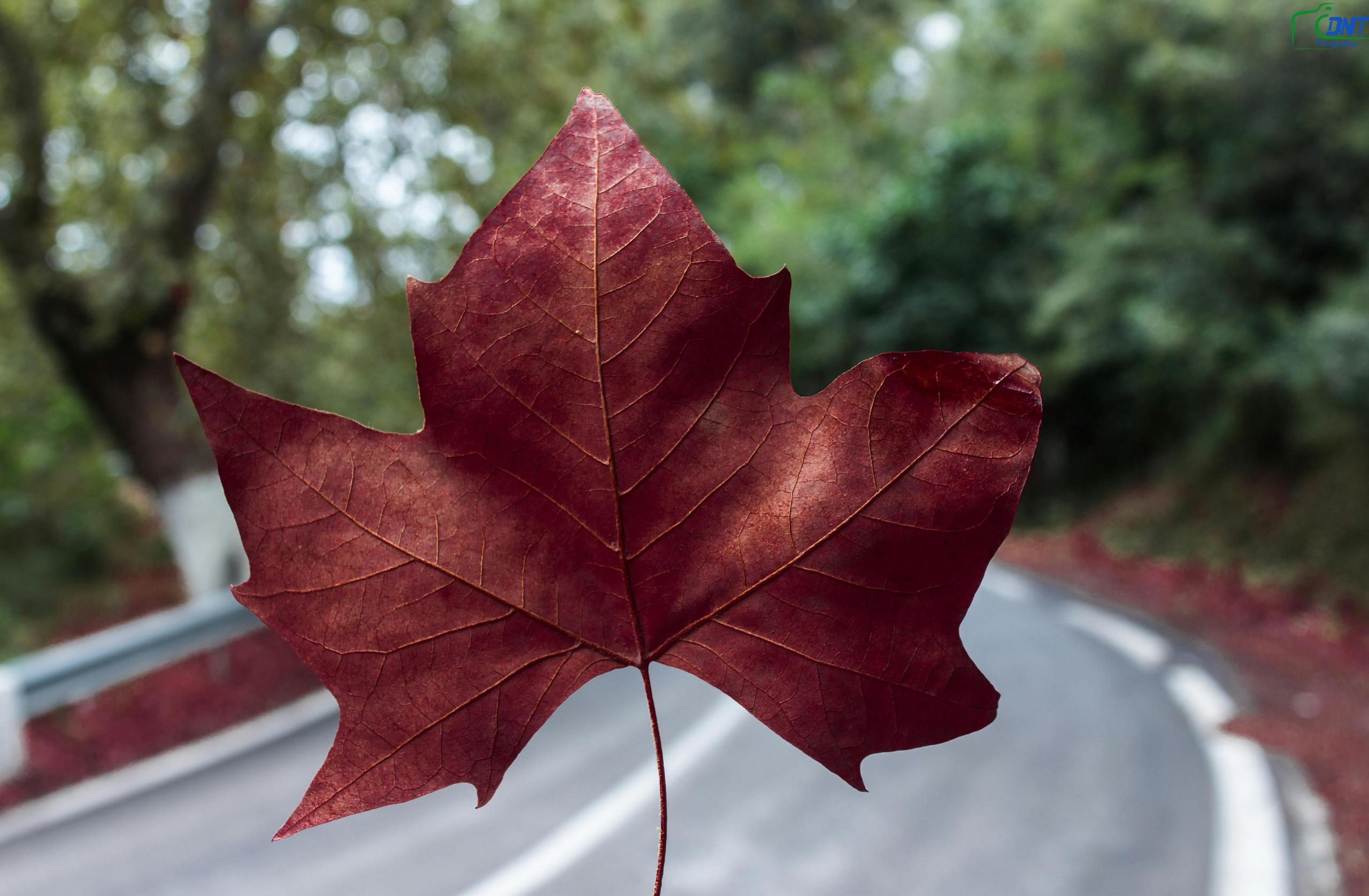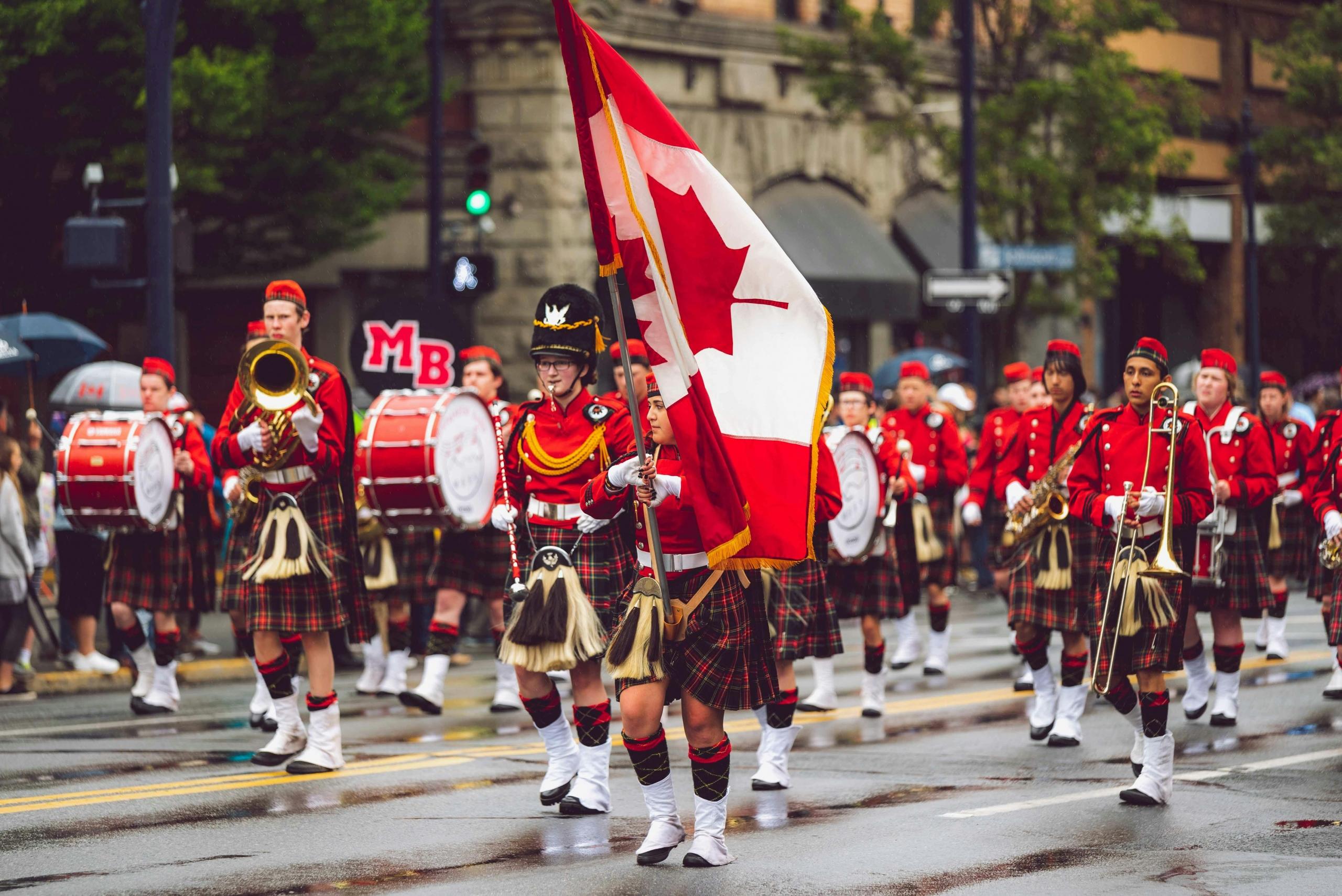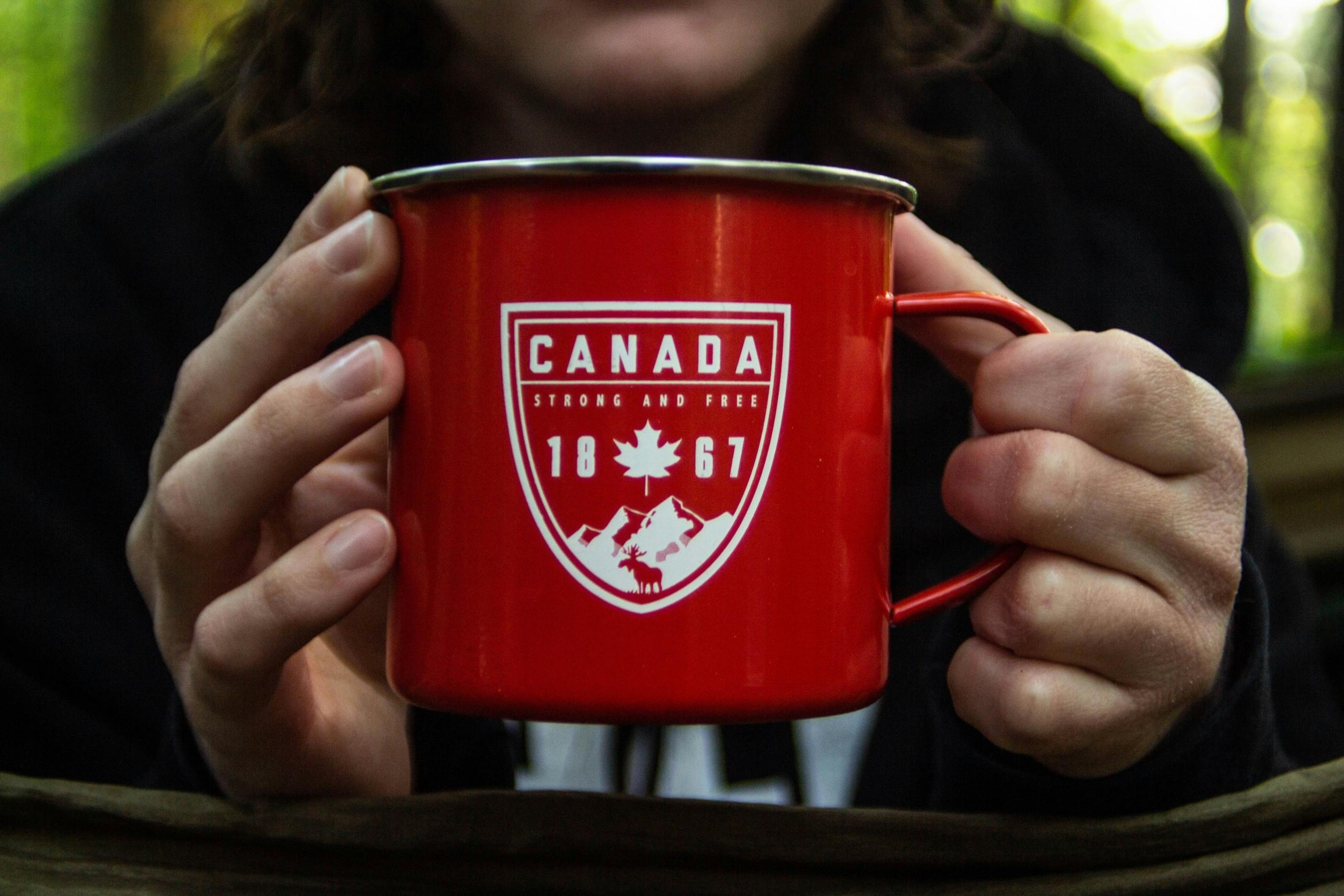Like other iconic Canadian symbols, such as the beaver and the inukshuk, the maple leaf encapsulates the essence of Canadian identity and heritage. The maple leaf is a powerful symbol of unity and pride for Canadians through its presence on the national flag and in everyday life.


How Did the Maple Leaf Become a Symbol of Canada?
The maple leaf’s journey to becoming a national symbol is deeply rooted in Canada’s history, much like other natural icons such as the beaver. Initially, Indigenous peoples valued the maple tree for its sweet sap and spiritual significance. European settlers later adopted the maple leaf, seeing it as a symbol of the land’s richness and resilience.
As Canada developed its identity in the 19th century, the maple leaf appeared in cultural symbols, literature, and military insignia, gradually rising as a unifying national emblem.
Both the maple leaf and the beaver stand for Canada's natural beauty and resilience, embodying the spirit of a young nation growing in pride and unity.
When Canada sought a new flag in the 1960s, the maple leaf had already cemented its place as a powerful symbol of Canadian identity, unity, and pride.

Why Is the Maple Leaf on the Canadian Flag?
The maple leaf was chosen for the Canadian flag during a significant moment in the country’s history. In the early 1960s, Canada sought to establish a new, distinct identity separate from its colonial past. The government searched nationwide for a symbol to bring together all Canadians and unify the country.
The maple leaf, already a well-recognized symbol, had appeared on military badges, coins, and in the Coat of Arms, granted by King George V in 1921. The maple leaf in the Coat of Arms symbolized the unity of the Canadian provinces and territories, further solidifying its role as a national emblem.
Thousands of submissions from Canadians were made during the Great Flag Debate of 1964, many featuring the maple leaf, reflecting its importance to the national identity. Prime Minister Lester B. Pearson, who was instrumental in the flag's adoption, saw the maple leaf as a simple yet powerful symbol that could empower all Canadians, regardless of their background.
The decision to use the maple leaf on the flag was also influenced by its deep connection to Canada’s natural environment and widespread recognition.
On February 15, 1965, the new flag featuring the red maple leaf on a white background, flanked by two red bars, was officially raised for the first time. This design was chosen because it was distinctive and easily recognizable, symbolizing the nation's unity, peace, and multicultural fabric.
Adopting the maple leaf as the central emblem on the Canadian flag reinforced its role in national symbolism, making it a lasting representation of Canadian heritage and identity, much like its presence in the Coat of Arms.
The design of the maple leaf on the Canadian flag has become such an iconic element in graphic design, not just for its national significance but for its visual simplicity and adaptability. The eleven-pointed leaf, stylized for clarity and impact, is a perfect example of how a symbol can be distilled into a powerful graphic representation.
Its clean lines and symmetrical shape make it instantly recognizable and versatile, lending itself to various uses beyond the flag.


What Does the Maple Leaf Symbolize in Canadian Culture?
The maple leaf, a powerful symbol in Canadian culture, serves as a unifying force, displaying the country's unity, resilience, and core values, both domestically and internationally. Much like the Inukshuk, a guiding force in Canada’s northern landscapes, the maple leaf is a unifying emblem for all Canadians, regardless of their background. It symbolizes the strength and endurance of the Canadian people, reflecting their connection to the land and nature.
The maple leaf is internationally recognized as a symbol of Canada abd the nation's peaceful and welcoming identity on the global stage. It embodies the values of tolerance, diversity, and community central to Canadian society.
Whether seen on the national flag, in business logos, or during international events like the Olympics, the maple leaf continues to be a source of pride for Canadians, symbolizing the country’s heritage and aspirations for the future.
Like the inukshuk, the maple leaf is more than just a visual symbol; it carries deep cultural meaning that resonates across Canada and worldwide. Both symbols highlight different aspects of Canada’s identity—while the inukshuk emphasizes guidance and survival, the maple leaf speaks to unity and the shared values that bind the nation together.
How Is the Maple Leaf Used in Modern Canadian Life?
The maple leaf is a ubiquitous symbol in modern Canadian life, reflecting the nation's identity in various settings, from daily routines to pop culture.
Its application extends beyond governmental and official contexts—it’s a common feature in corporate branding, product packaging, and even fashion. Businesses use the maple leaf in their logos to emphasize their Canadian roots, and it’s often seen in advertising campaigns that appeal to national identity. Using the maple leaf in modern design companies can evoke a sense of Canadian identity, unity, and pride.
The maple leaf’s design allows it to be integrated into logos and advertisements, instantly communicating "Canadian" without needing words. This ability to encapsulate national identity in a simple image gives it immense value.
In popular culture, the maple leaf is frequently highlighted to emphasize Canadian identity, as seen in TV shows like "How I Met Your Mother." In the show, the character Robin, who is Canadian, is often associated with stereotypes like the maple leaf, the beaver, and a love for hockey.
These playful nods to Canadian culture underscore how deeply the maple leaf is embedded in the national consciousness, even internationally. The leaf’s ability to visually convey cultural context and meaning makes it a powerful tool in storytelling and design. Whether in media, branding, or everyday products, the maple leaf is a versatile symbol that communicates Canadian identity with clarity and impact, demonstrating its effectiveness in connecting with audiences at home and abroad.

The maple leaf also plays a significant role in national celebrations. On Canada Day, it is prominently displayed in parades, decorations, and even fireworks, symbolizing unity and pride across the country.
Internationally, Canadian athletes and diplomats carry the maple leaf on their uniforms and flags, symbolizing Canada’s presence and values on the global stage. Whether in everyday products, cultural references, or major events, the maple leaf remains a powerful and recognizable emblem of Canadian identity.
The Maple Leaf Gold Coin
While the maple leaf is a prominent symbol on Canada's flag and logos, it has also found a significant place in the world of coinage.
The Canadian Maple Leaf gold coin, introduced by the Royal Canadian Mint in 1979, showcases the maple leaf's importance as a national emblem. It is one of the purest gold bullion coins in the world, with a gold content of 99.99%. It was created to meet the demand for a high-quality, trustworthy investment option, reflecting Canada's reputation for excellence in craftsmanship and natural wealth.
This coin symbolizes Canada’s national pride, stability and security in the global market. It features the iconic maple leaf, underscoring the country's rich natural resources and national identity. The coin is available in various denominations, but the 1-ounce version is the most popular, with a value closely tied to the current market price of gold.
The Canadian Maple Leaf gold coin is more than just a piece of bullion; it is a testament to Canada's economic strength and a reliable asset for investors worldwide.
As of 2024, a 1-ounce Canadian Maple Leaf gold coin is typically valued at around $2,000, reflecting the current gold spot price.
The Maple Leaf: Canada’s Symbol of Unity
The maple leaf, drawn from Canada’s most iconic tree leaves, is one of the nation’s most enduring symbols, embodying unity, pride, and heritage. Indigenous peoples initially valued it and later embraced it by settlers, and it became a crucial symbol in regions like Quebec and Toronto.
The maple leaf gained official prominence when it was chosen for the national flag in the 1960s, solidifying its role in Canadian identity. Beyond the flag, it appears in the royal logo and general branding, making it a versatile and powerful emblem that resonates across Canada and the world.
















